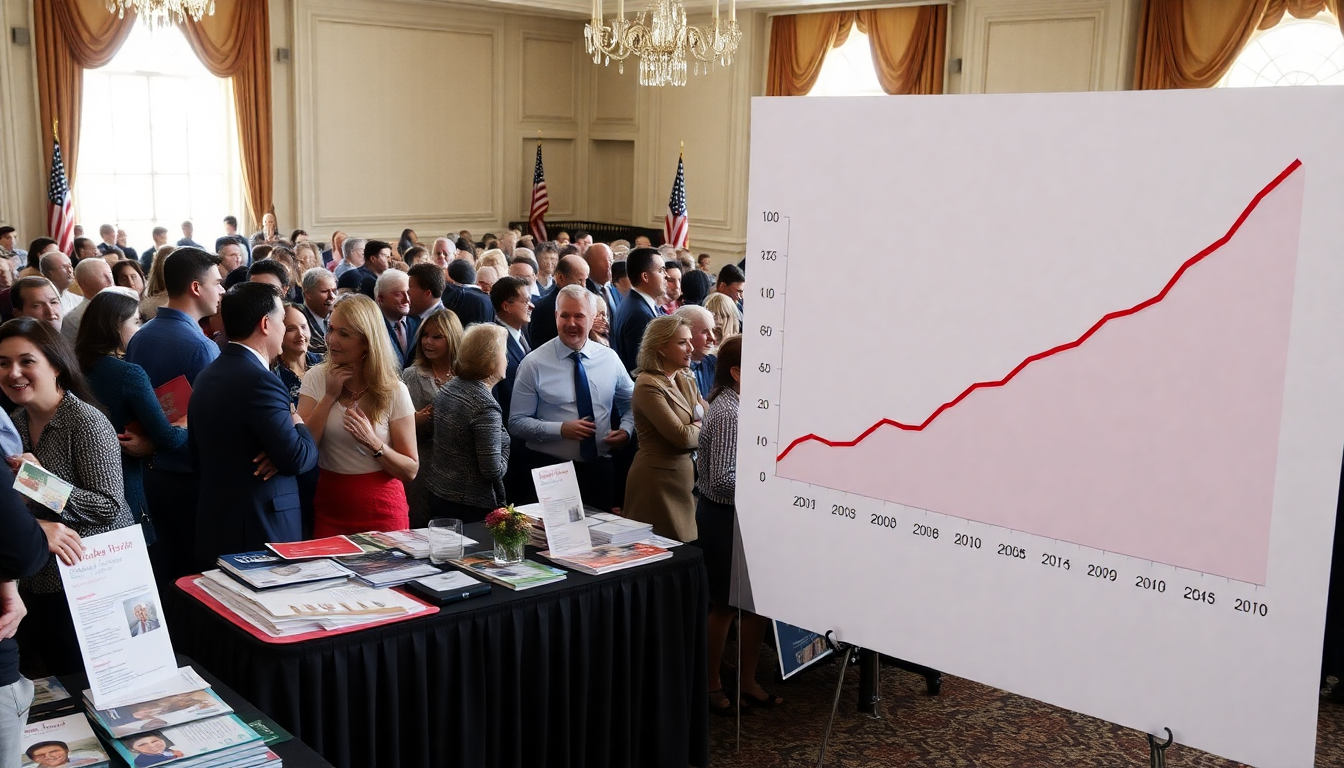Table of Contents
As we head into the 2025 election cycle, it’s clear that Republican campaign committees are racing ahead in fundraising, leaving their Democratic counterparts in the dust. Recent filings with the Federal Election Commission (FEC) show a stark difference in financial resources as both parties gear up for the crucial congressional races in 2026. With Chairman Michael Whatley and Vice President JD Vance at the helm, the Republican National Committee (RNC) is showcasing some impressive fundraising skills.
Republican Campaign Fundraising Performance
The RNC has raked in a whopping $96,419,883, and they’re sitting on a solid cash reserve of $80,782,884. This financial muscle puts the RNC in a strong position as they prepare for key Senate and House races. And it doesn’t stop there—the National Republican Senatorial Committee (NRSC) has raised $48,625,839, while the National Republican Congressional Committee (NRCC) has brought in $68,955,791. These numbers not only reflect a robust fundraising foundation but also signal readiness for competitive battles ahead.
In contrast, the Democratic National Committee (DNC) has managed to collect $69,224,921, but their cash on hand is a mere $15,220,609. This gap raises some serious questions about the party’s financial health as they strive to keep up with the Republicans. The Democratic Senatorial Campaign Committee (DSCC) has a cash reserve of $13,509,018, which, while better than the Republican equivalent, still shows they’re struggling to keep pace with their GOP rivals.
Challenges Facing the Democratic Party
So, what’s holding the DNC back? Their fundraising issues are compounded by internal strife and leadership challenges in the wake of the tumultuous 2024 presidential election. The fallout from former Vice President Kamala Harris’s defeat has left many party members feeling uneasy. Adding to the mix, new political factions are emerging, with the MAGA coalition facing its own turmoil after Elon Musk’s public disagreements with President Trump. Can the DNC navigate this messy landscape?
Internal conflicts have caused a rift in the DNC, highlighted by the departure of key figures like former Vice Chair David Hogg, who was looking to shake up primary elections against moderate incumbents. His exit is a clear sign of the fractures within the party. On top of that, the reluctance of influential Democratic leaders to back rising candidates like Zohran Mamdani, a hopeful for New York City mayor, reveals the ideological divides that could hinder party unity as the 2026 elections draw near.
Implications for the 2026 Elections
Looking ahead, the fundraising landscape suggests that Republicans are in a prime position to leverage their financial advantages as the 2026 elections approach. This disparity in resources could mean more aggressive campaigns and outreach efforts, which might sway voter sentiments in crucial races. Meanwhile, the DNC’s leadership faces the tough task of mending internal divisions and addressing financial challenges if they want to close the gap.
As the political climate continues to shift, both parties will need to rethink their strategies to boost fundraising and engage voters effectively. The upcoming months are critical for Republicans and Democrats alike as they prepare for the unique challenges and opportunities that lie ahead in the 2026 election cycle. Ultimately, their success will depend on their ability to unify their bases and clearly communicate their messages. With the stakes higher than ever, fundraising will undoubtedly play a pivotal role in shaping the political landscape.


